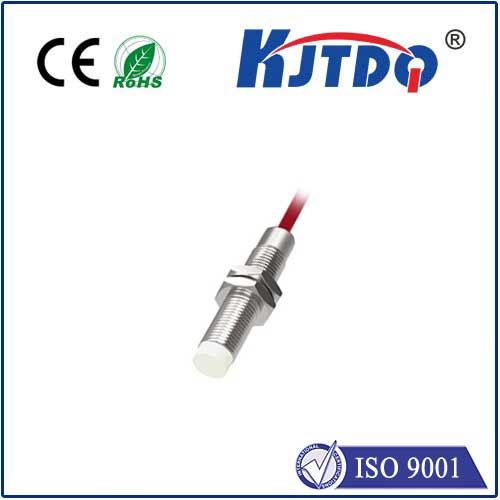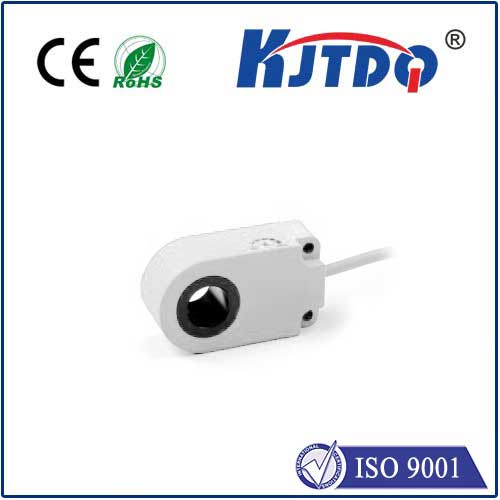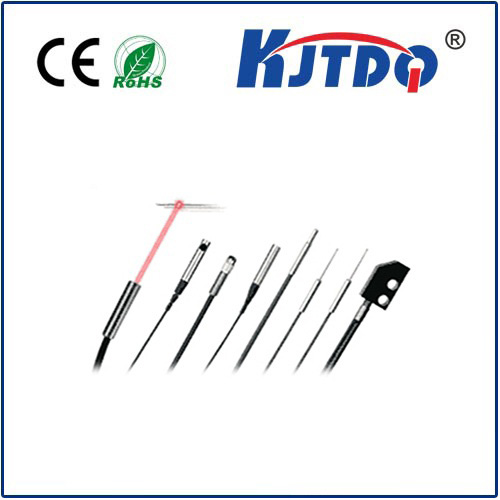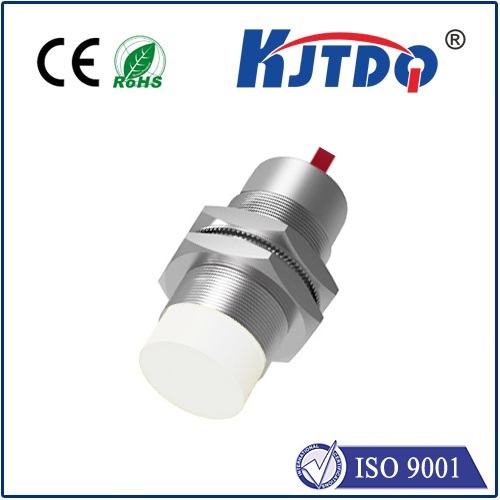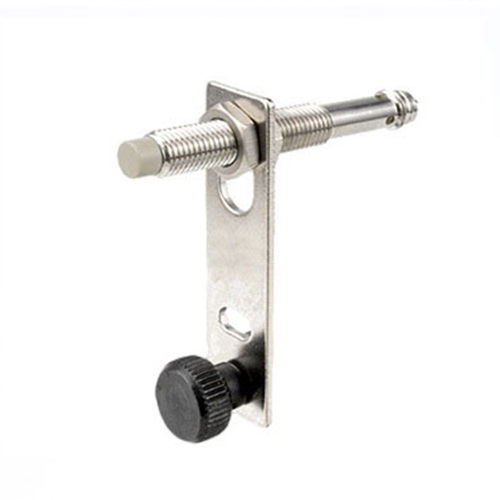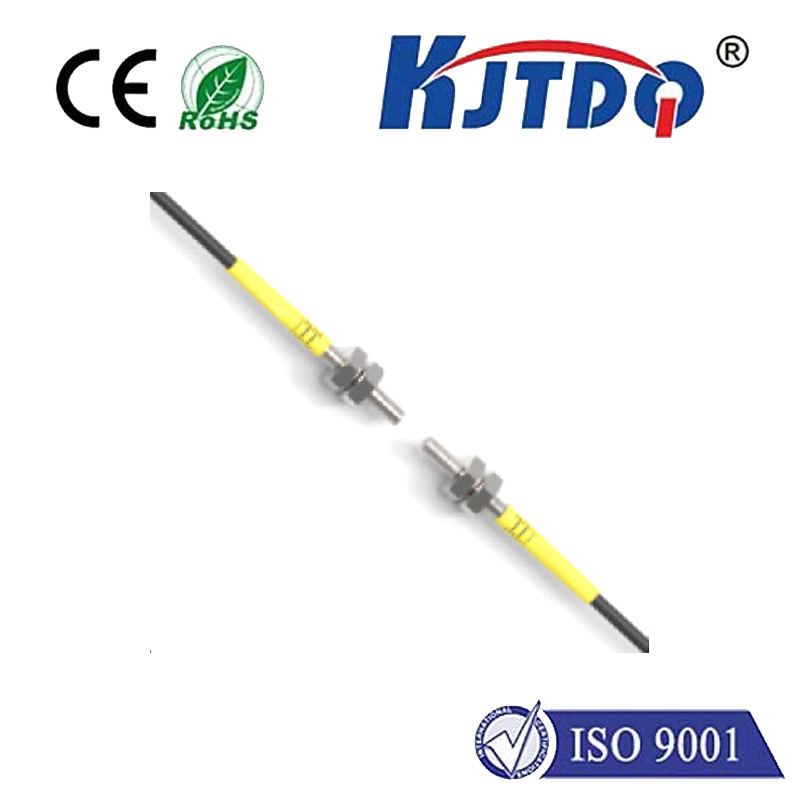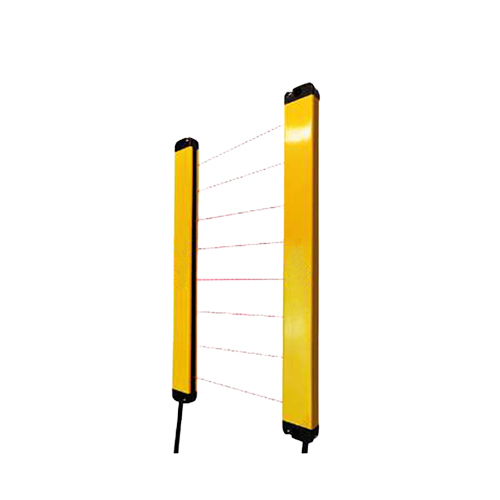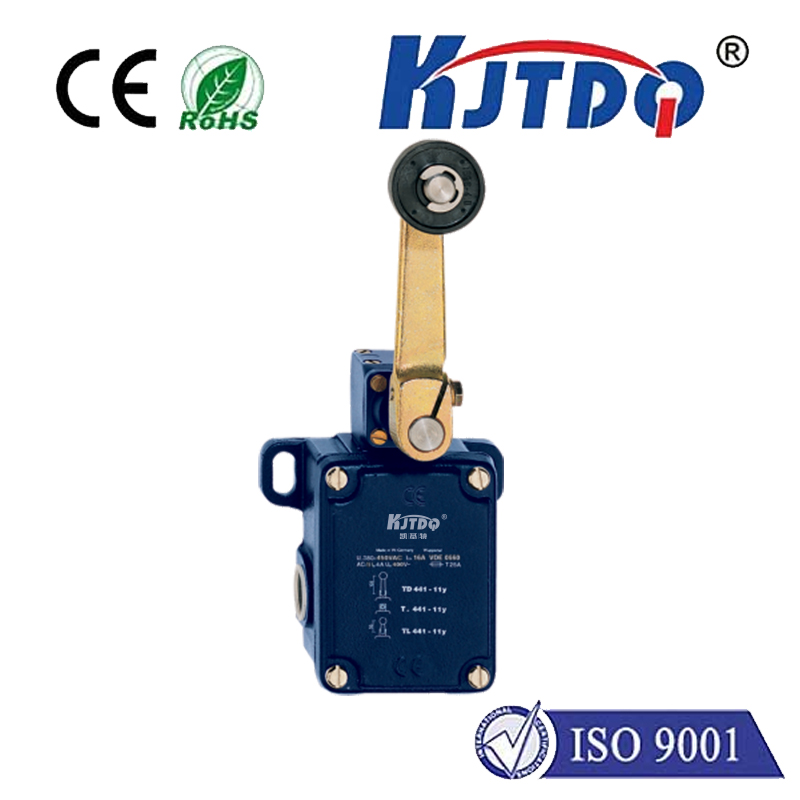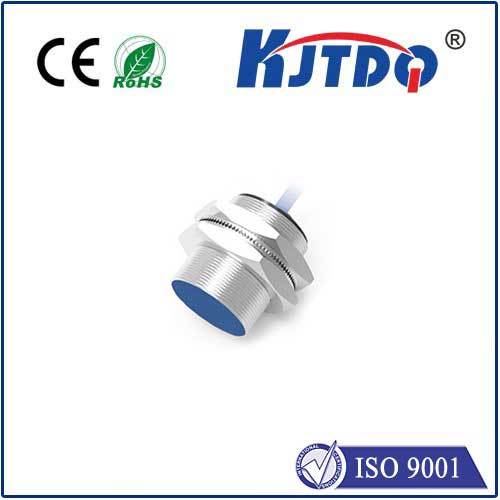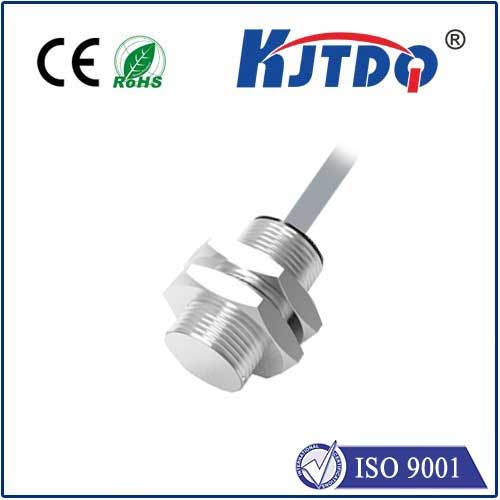

check

check

check

check
Radar Speed Sensor: Enhancing Safety and Efficiency in Modern Vehicles
In today’s world of advanced automotive technology, the radar speed sensor plays a crucial role in ensuring driver safety and vehicle efficiency. This component is an essential part of a car’s speed control system, working in conjunction with other sensors to provide accurate speed data. Understanding how a radar speed sensor functions and its importance in modern vehicles is essential for anyone interested in automotive engineering or vehicle safety.
A radar speed sensor is a device that uses radar technology to measure the speed of a vehicle. Unlike traditional speedometers that rely on mechanical or electrical signals, radar speed sensors emit radio waves and measure the reflected signals to calculate the vehicle’s speed. This method is more accurate and less affected by environmental factors such as road conditions or weather. The sensor is typically mounted on the vehicle’s front or rear, and it continuously sends signals to the car’s control system.

The primary function of a radar speed sensor is to provide real-time speed data to the vehicle’s onboard computer. This information is then used to adjust the vehicle’s speed control system, ensuring that the car maintains a safe and efficient driving experience. In many modern vehicles, the radar speed sensor is integrated with other safety features such as adaptive cruise control and automatic emergency braking. These systems rely on accurate speed data to respond appropriately to changing road conditions.
One of the key advantages of radar speed sensors is their ability to provide consistent and reliable speed measurements. Unlike traditional speedometers, which can be affected by factors such as tire pressure or wheel slippage, radar speed sensors offer a more accurate reading. This is especially important in situations where the vehicle is driven at high speeds or in adverse weather conditions. The sensor’s accuracy is further enhanced by the use of advanced signal processing techniques, which allow it to filter out noise and provide precise speed data.
In addition to its role in vehicle safety, the radar speed sensor also contributes to fuel efficiency and performance. By maintaining a consistent speed, the vehicle can optimize its engine performance and reduce fuel consumption. This is particularly beneficial for drivers who are concerned about fuel costs or environmental impact. Furthermore, in racing and high-performance vehicles, the radar speed sensor plays a vital role in monitoring and controlling the vehicle’s speed, ensuring that it operates within safe limits.
Despite its advantages, the radar speed sensor is not without its challenges. One of the main concerns is the potential for false readings, especially in cases where the sensor is exposed to extreme temperatures or electromagnetic interference. To mitigate these issues, modern radar speed sensors are designed with advanced shielding and signal processing technologies. Additionally, regular maintenance and calibration are necessary to ensure the sensor continues to function accurately.
In conclusion, the radar speed sensor is an essential component of modern vehicles, playing a critical role in driver safety, vehicle efficiency, and performance. As automotive technology continues to advance, the radar speed sensor will remain a key element in the development of safer and more efficient transportation systems. With its ability to provide accurate speed data and support advanced driver assistance systems, the radar speed sensor is a vital part of the future of automotive engineering.
